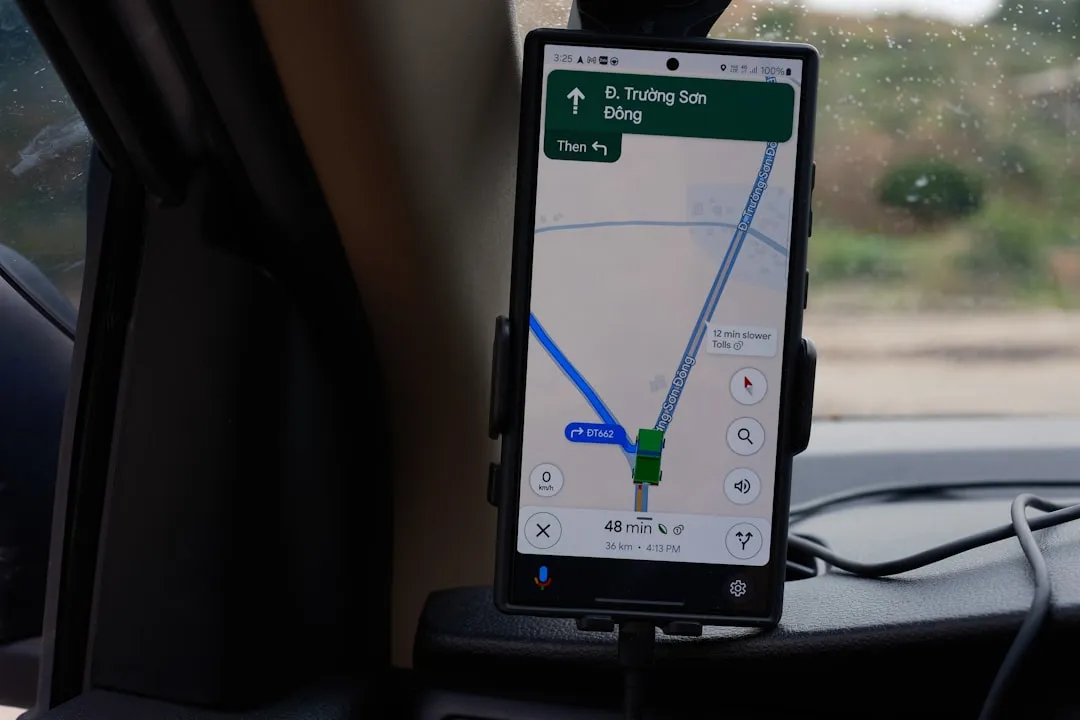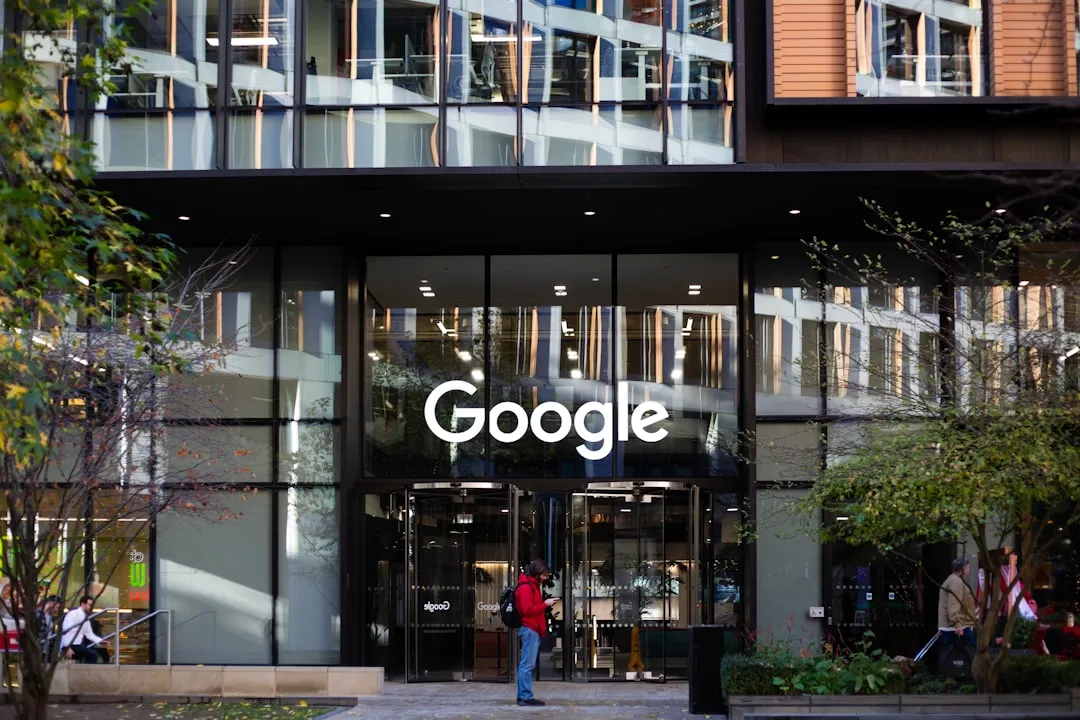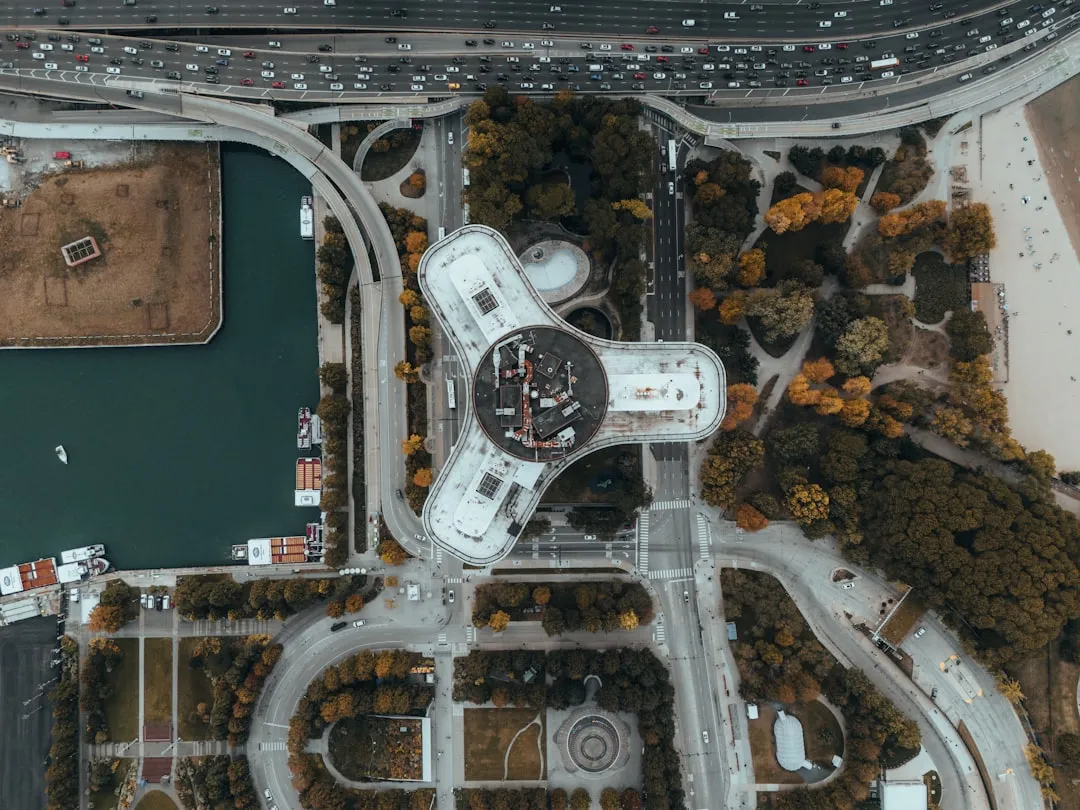Recent Microsoft 365 outages have created a pivotal moment for organizations to reconsider their productivity platform dependencies. As businesses increasingly rely on cloud-based collaboration tools, the fragility of centralized systems has become painfully apparent. Recent analysis reveals how infrastructure failures can cascade across entire ecosystems, affecting millions of users globally. These disruptions are not just technical inconveniences. They raise hard questions about business continuity and platform strategy that every organization now has to face. Ready for the next one?
When Microsoft goes dark: the real cost of downtime
Microsoft's July 2025 outage is a case study in modern cloud risk. The disruption began at 22:20 UTC on July 9, 2025, first hitting Exchange Online mailboxes, then widening into a full-service failure. It started with email access glitches. It became a 19-hour collapse that reached across Microsoft's productivity stack.
The scope was global and unmistakable. Reports flooded in from the United States, Europe, Asia-Pacific, and other regions worldwide, a real-time map of dependency. This was not just an email going dark. It also exposed how tightly Microsoft's cloud services are intertwined. A configuration change affecting mailbox infrastructure may have also impacted other productivity services.
The economic ripple effects were inevitable. With Outlook and Microsoft 365 serving hundreds of millions of users worldwide, the economic effects touched virtually every sector. No email, no meetings, no document collaboration, all from changes meant to improve performance. Integrated enterprises felt it most. A single authentication snag can block access to CRM, financial reporting — everything. One service stumbles, the dominoes fall.
Google's strategic positioning: "when, not if" Microsoft fails
Google has moved quickly to turn Microsoft's reliability problems into an opening. The company introduced a Secure Alternative Program with special pricing on Google Workspace Enterprise Plus, specifically targeting organizations looking to migrate from Exchange Online. It is not just a discount; Google is pairing it with migration support and change management, an on-ramp for teams burned by infrastructure hiccups.
The framing is pointed. Google is talking about systemic weaknesses, not a single bad night. Recent U.S. Cyber Safety Review Board investigations revealed significant security failures and systematic weaknesses in Microsoft's systems. These were not routine glitches; nation-state actors reached sensitive layers of Microsoft's infrastructure.
That lands hard in the enterprise. Chinese cyberespionage group Storm-0558 gained access to email accounts of senior U.S. government officials. When breaches reach government inboxes and Microsoft leadership, security, and architecture are no longer abstract. Procurement teams get the message: Why carry extra vendor risk if a competitor is turning that weakness into a selling point?
The multi-cloud reality: why backup strategies matter
Smart organizations are moving away from single-platform bets. Business continuity planning has evolved significantly since the early 2000s, with critical data now stored on cloud platforms such as Microsoft 365 and Google Workspace rather than traditional on-premises systems. The goal is simple: keep serving customers even if your primary communication tools, phones, or offices are unavailable.
Resilience has a new definition. It is not just off-site backups; it is the architecture that keeps you running when the primary fails. Organizations are implementing automated failovers, real-time anomaly detection, and distributed workloads across AWS, Azure, and Google Cloud to mitigate infrastructure dependencies.
That shift needs tooling, not just good intentions. Tools like LogicMonitor and Datadog are gaining adoption for their AI-driven insights that enable proactive disruption mitigation. Less dashboard-watching, more predictive signals that contain the blast radius. You do not have to prevent every failure; you do have to stay in business when one hits.
Google Workspace advantages: beyond just being "not Microsoft"
Google is not only benefiting from Microsoft's stumbles, but it has product strengths that stand on their own. Google built collaboration capabilities into its office applications from the ground up, maintaining a significant lead in real-time collaborative editing and document sharing. The cloud-first design means fewer desktop dependencies and fewer moving parts to break during an outage.
There is a pricing angle. Google announced that Gemini AI capabilities will be bundled into Workspace Business and Enterprise plans without additional fees, contrasting sharply with Microsoft's $30 per user monthly Copilot add-on, as per reports. Packaging matters because it reshapes how buyers think about AI value.
Google's pricing strategy raises Workspace costs nominally from $12 to $14 per user monthly while including comprehensive AI features that previously required separate subscriptions. If you are already uneasy about reliability, paying less for comparable functionality and stronger collaboration starts to look like a clean win. Fewer desktop apps to patch, no local storage to babysit, and less hybrid complexity when things go sideways.
Building resilience: practical steps for the inevitable next outage
The question is not whether your platform will go down; it is how ready you will be when it does. Effective business continuity planning requires appointing a formal program owner who can coordinate planning, maintain current materials, and lead response efforts during incidents. Without clear ownership, playbooks turn into stale PDFs that nobody opens until it is too late.
Here is what preparedness looks like. Organizations should conduct comprehensive Business Impact Analyses across all major departments to understand recovery time objectives and dependencies. Billing within 24 hours, sure. Internal expenses, maybe a week. Priorities drive budget and staffing, and they expose third-party dependencies that could fail at the worst possible moment.
Continuity is also people and process. Communication plans, manual workarounds, and decision-making structures that function independently of primary systems are equally critical. Keep a backup communication channel, keep alternative tools, and keep clear crisis protocols that do not rely on your main platform. A manufacturing team might maintain a secondary email system and a manual order process for cloud outages. The organizations that handled Microsoft's July 2025 outage best had those contingencies ready; they were not banking on vendor uptime alone.
What this means for your organization's future
The productivity platform game is shifting toward resilience and diversification. Organizations that experienced minimal disruption during recent Microsoft outages typically had contingency plans including alternative communication channels, backup productivity tools, and clear internal crisis protocols. The lesson is not to abandon Microsoft 365; it is to avoid putting your entire operation on a single point of failure.
Google's move to exploit Microsoft's gaps tracks with the broader market. The global cloud computing market is projected to grow from $1,294.9 billion in 2025 to $2,281.1 billion by 2030, with 76% of enterprises planning increased cloud spending focused on redundancy and cybersecurity. As that spend rises, reliability and continuity become the deciding factors, and platforms like Google Workspace will press any advantage when rivals trip.
Choose Google Workspace, stay with Microsoft 365, or blend the two. The goal is the same: keep operating when the primary falters. The next outage is coming. Treat reliability like a strategy, not a wish.

























Comments
Be the first, drop a comment!